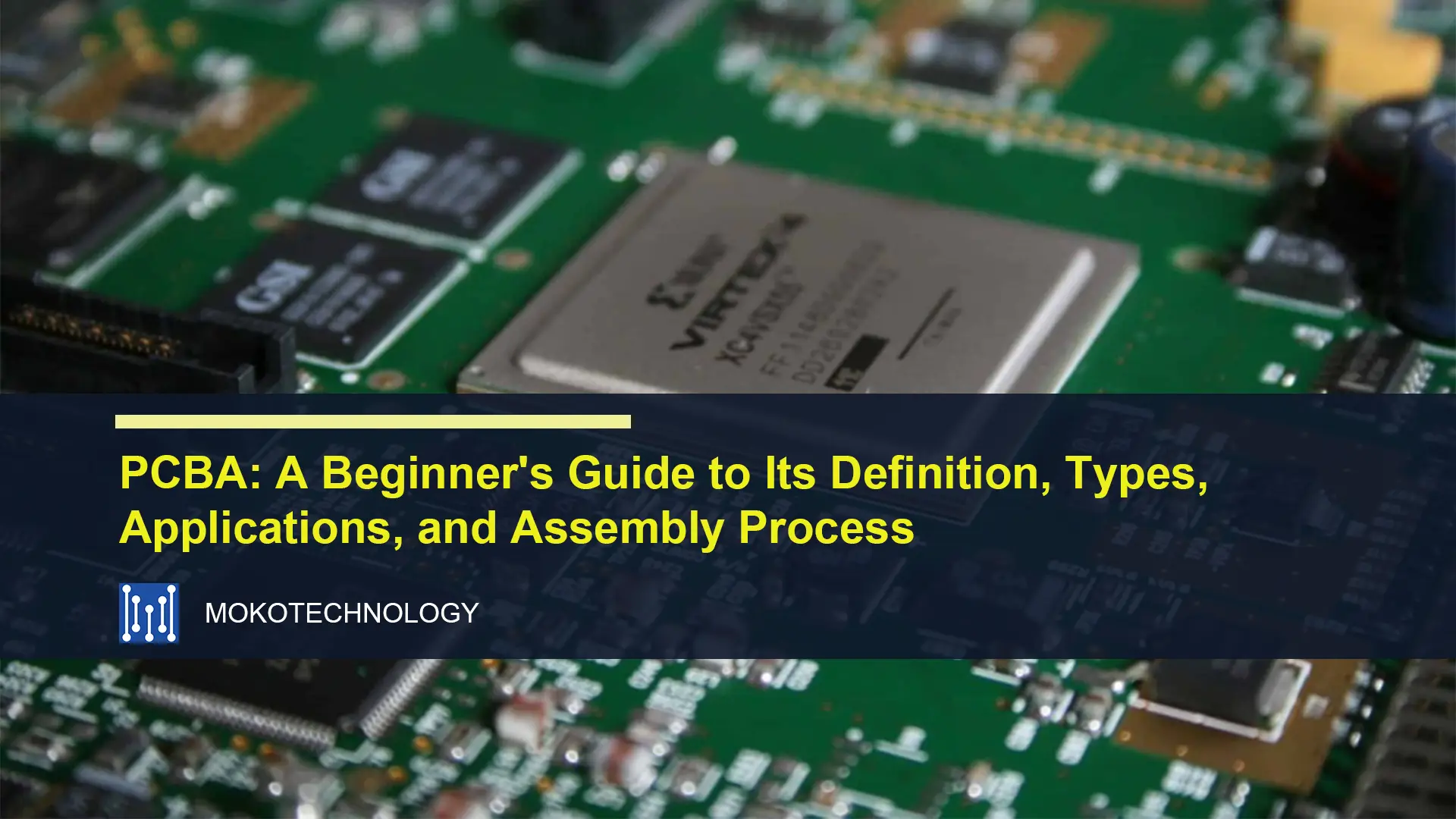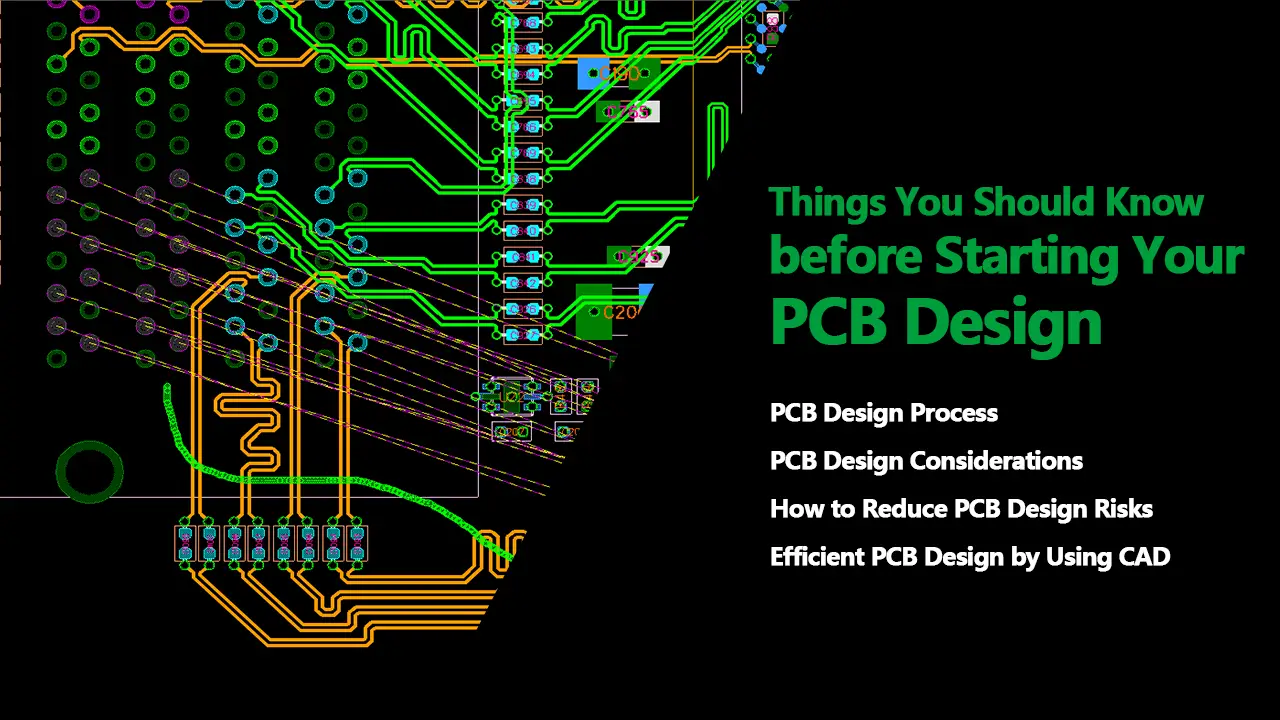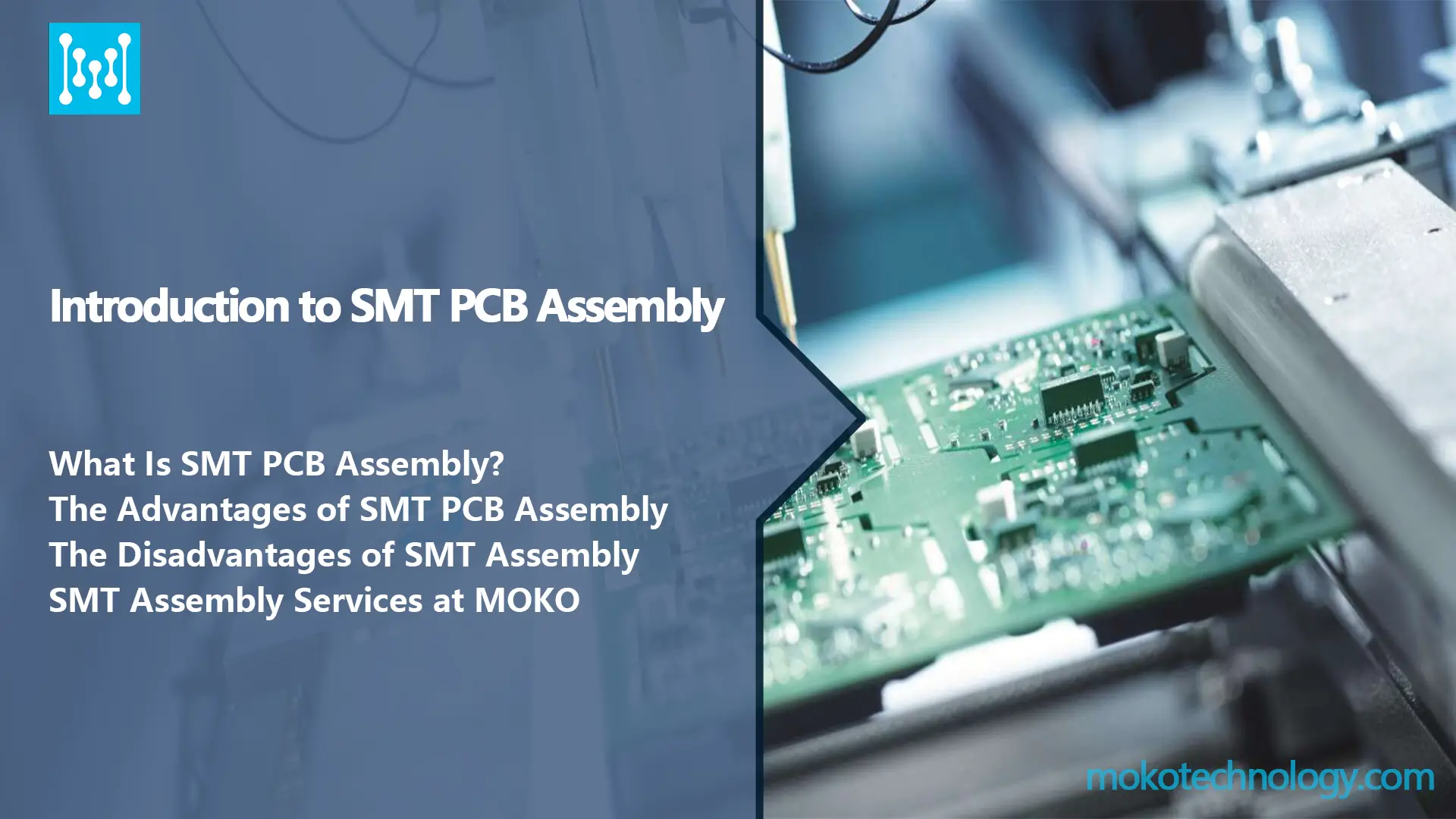For this sort of routing, you will need to do a ‘via-in-pad’ technology. Essentially, just place the via centered on the pad.
Ask your supplier to offer this on their 6-layer process standard and on a 4-layer board for an extra charge. This is called ‘plating overfilled via’.
Read More: Multilayer PCB
#PCB Assembly #PCB Design



